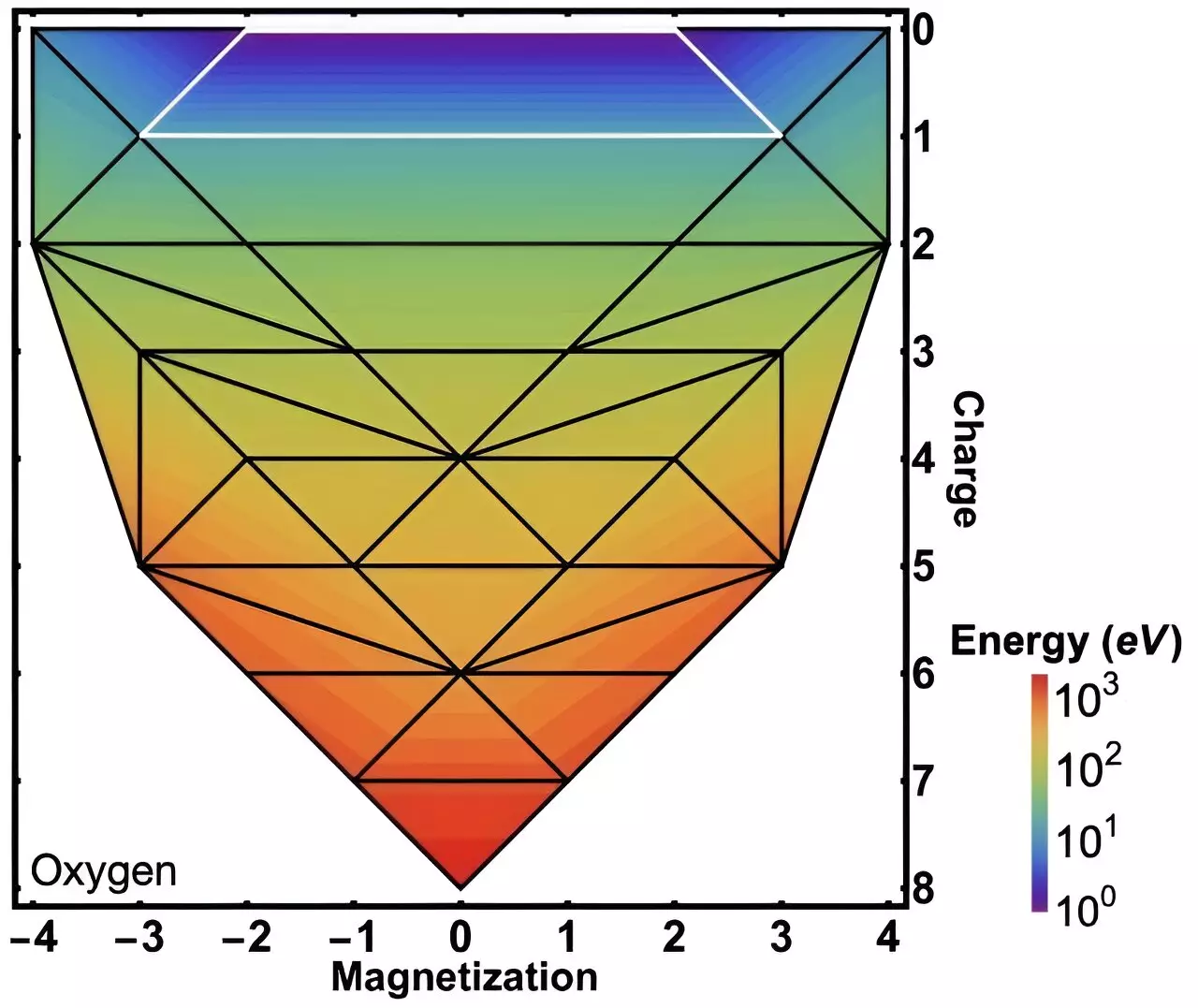In a groundbreaking development within the realm of quantum mechanics, an international collective of physicists primarily based at Trinity College Dublin has unveiled new theorems that elucidate the intricate “energy landscapes” governing collections of quantum particles. This pivotal research not only addresses pressing scientific inquiries that have persisted for decades but also promises to significantly enhance the accuracy of computational material simulations. Such advancements hold the potential to unlock innovative materials that could transform green technologies, promising a more sustainable future.
The recently published findings in *Physical Review Letters* shed light on how the energy states of different particle systems, including traditional atoms and more exotic configurations, fluctuate with variations in magnetism and the number of particles. This exploration builds upon a foundation established in landmark works emerging since the early 1980s, signaling a noteworthy progression in the scientific understanding of particle interactions at the quantum level.
Quantum Mechanics: A Complex Terrain
At the heart of this research lies a vexing challenge inherent to the study of atomic systems: the complexity of quantum mechanical equations. These mathematical representations demand extensive approximations to be applicable in real-world simulations. As computers have evolved, so too has the art of making these approximations increasingly dependable, a pursuit that is approaching its centenary. This new research builds upon a limited array of known “exact conditions,” or definitive principles drawn from quantum theory, which provide a critical framework for understanding energy landscapes.
Dr. David O’Regan, an Associate Professor of Physics at Trinity, offers a compelling analogy to visualize their discoveries. He likens the energy landscape to a steep-sided valley resembling the simplistic polygonal graphics of retro arcade games. Within this landscape, the team has mapped the exact energy profiles corresponding to isolated particle collections. As particles undergo changes—be it through electron number adjustments or magnetism shifts—the topography of this valley morphs, serving as a guide to understanding the stability and interactions of matter.
The Collaborative Spirit of Scientific Inquiry
This transformative work benefits from a collaborative ethos among researchers. Lead author Andrew Burgess recounts how, while tackling another problem, he recognized the lack of comprehensive mappings of the energy valley. With the assistance of Dr. Edward Linscott from the Paul Scherrer Institute, the trio utilized existing quantum mechanical theorems to chart these energy landscapes in greater detail, revealing insights that had eluded previous research.
Linscott emphasizes the practicality of their findings. Deciphering the geography of this energy landscape might seem abstract, yet it has concrete implications for the real world. It offers much-needed clarity for researchers seeking to develop advanced materials that could lead to more efficient solar panels or innovative catalysts in industrial chemistry. By integrating the newly discovered knowledge into computational models, scientists can refine their predictive accuracy, thereby enhancing the viability of their endeavors.
Applications Beyond Theory: Bridging Science and Industry
The ramifications of such theoretical advancements extend far beyond academia. For instance, in the realm of renewable energy, understanding the energy landscape is crucial as it informs the behavior of batteries. As metal atoms transition during the discharge process, shifts in both particle count and magnetism occur. Here, the descent within the mapped energy valley translates into the energy output provided by the battery. This direct link between abstract quantum theory and its practical interpretations underscores a critical synergy: advancing simulation techniques while simultaneously enriching theoretical models.
This interplay between theory and application is a hallmark of contemporary scientific research, particularly within physics. Burgess expresses his passion for this dual dynamic, suggesting that the two realms motivate one another, leading to innovations that resonate beyond the laboratory. As scientists continue to unravel the complexities of quantum interactions, the integration of such insights into industrial applications bolsters our capability to confront pressing global challenges, particularly in the quest for sustainable energy solutions.
A Bright Horizon for Quantum Innovation
As this research marks a new chapter in the understanding of quantum landscapes, it is evident that we stand at the cusp of a remarkable evolution in material science. With the potential to facilitate the creation of materials that enhance energy efficiency and reduce environmental impact, this work embodies a significant stride toward a greener future. The synergy between theory and simulation not only catalyzes discovery but also nurtures the imagination of what can be achieved when science aims to address the world’s most pressing challenges. The landscape of energy is not just an abstract concept; it is a terrain of possibilities, waiting to be explored and harnessed for a sustainable tomorrow.

